

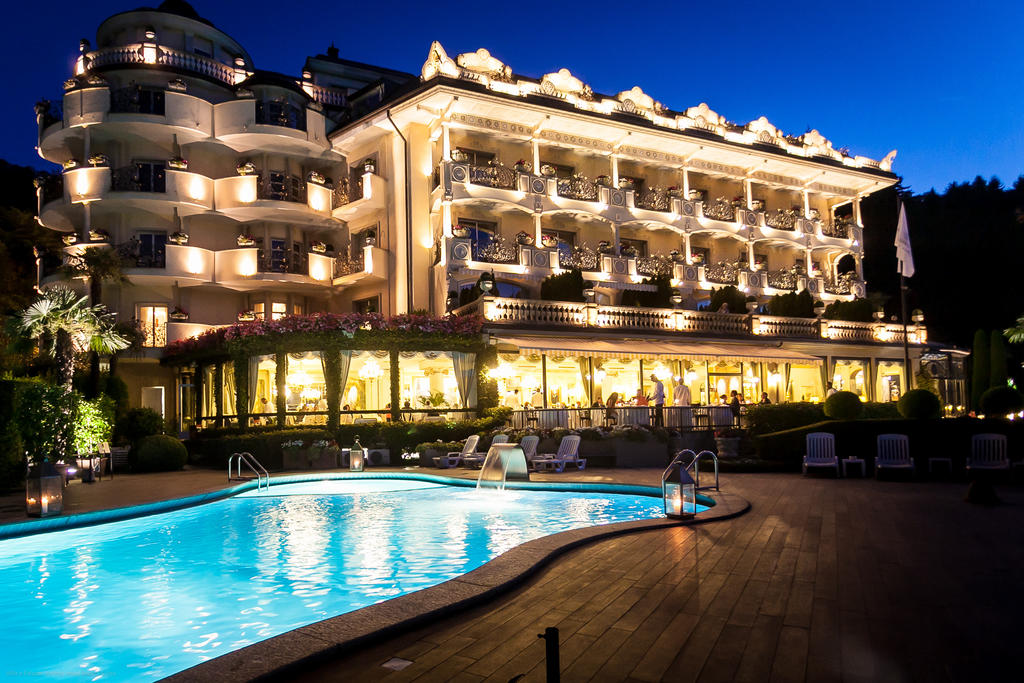



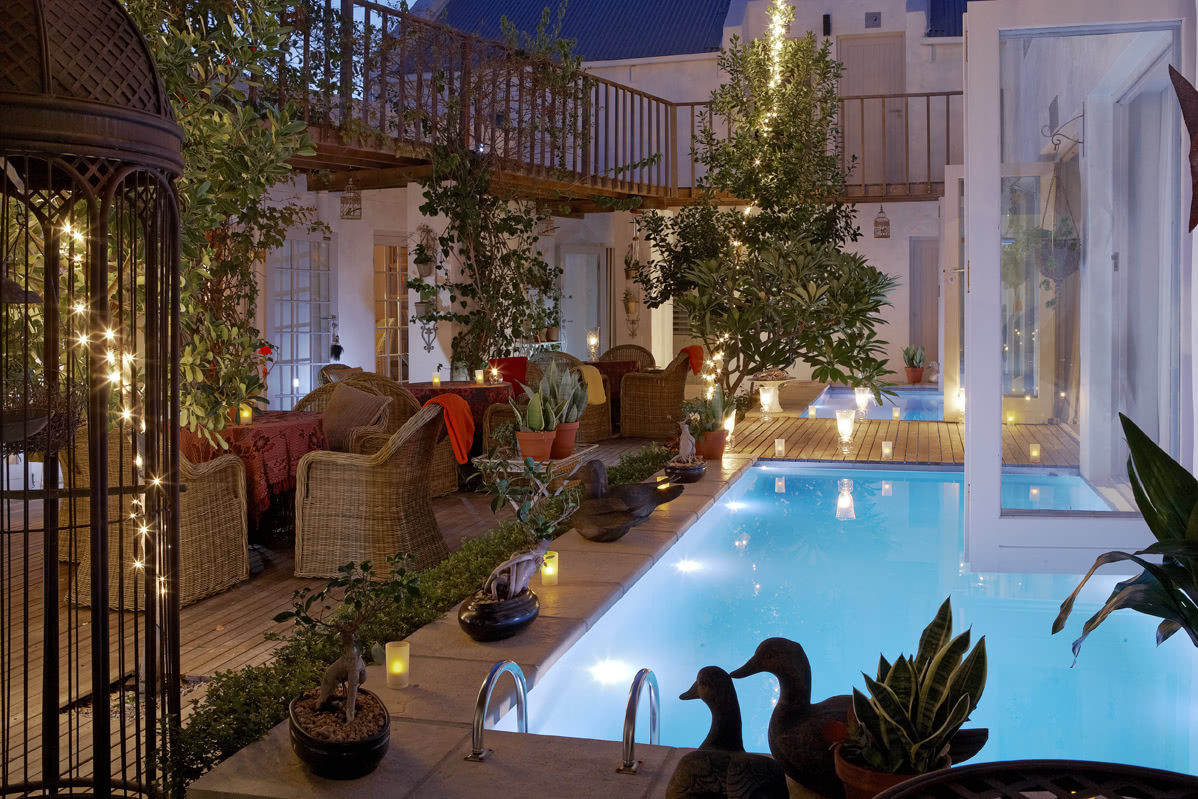
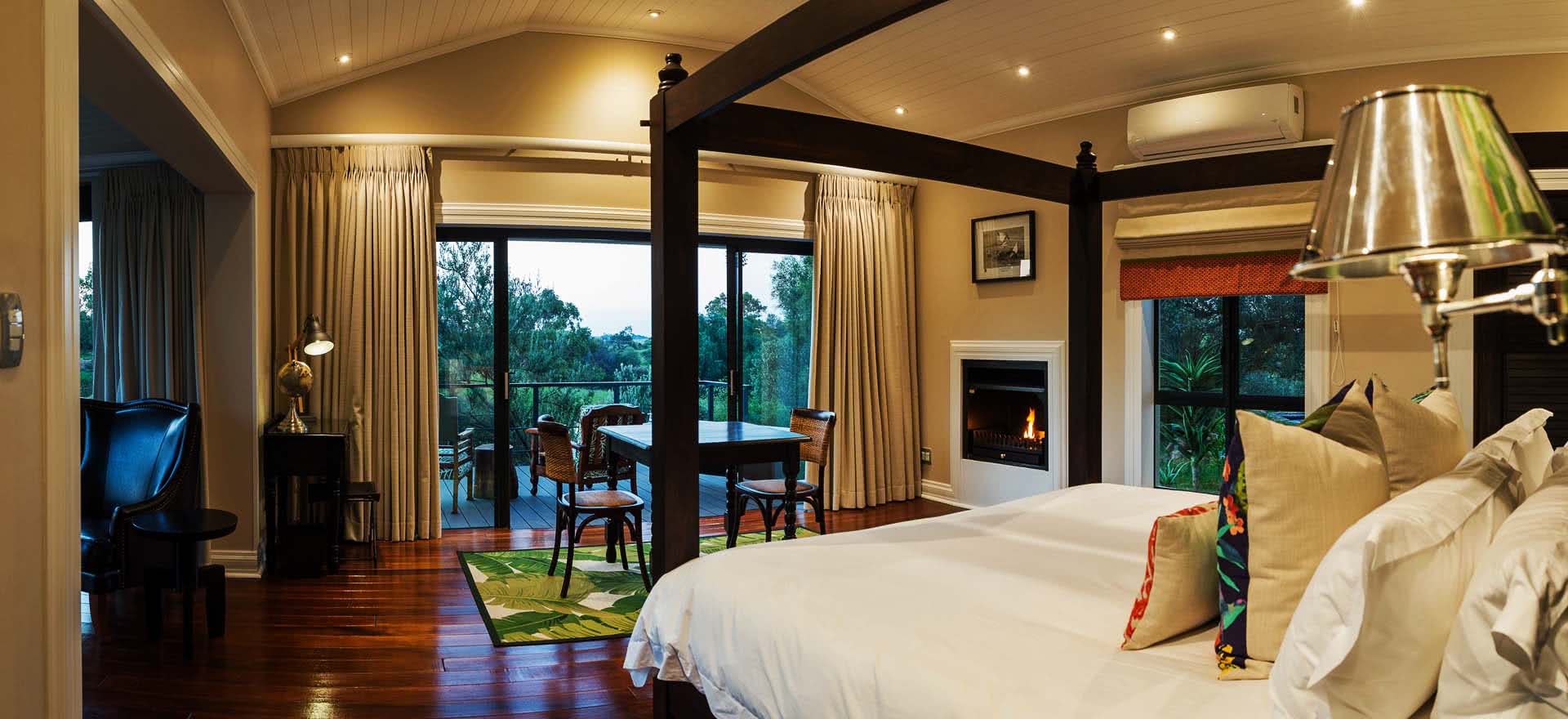
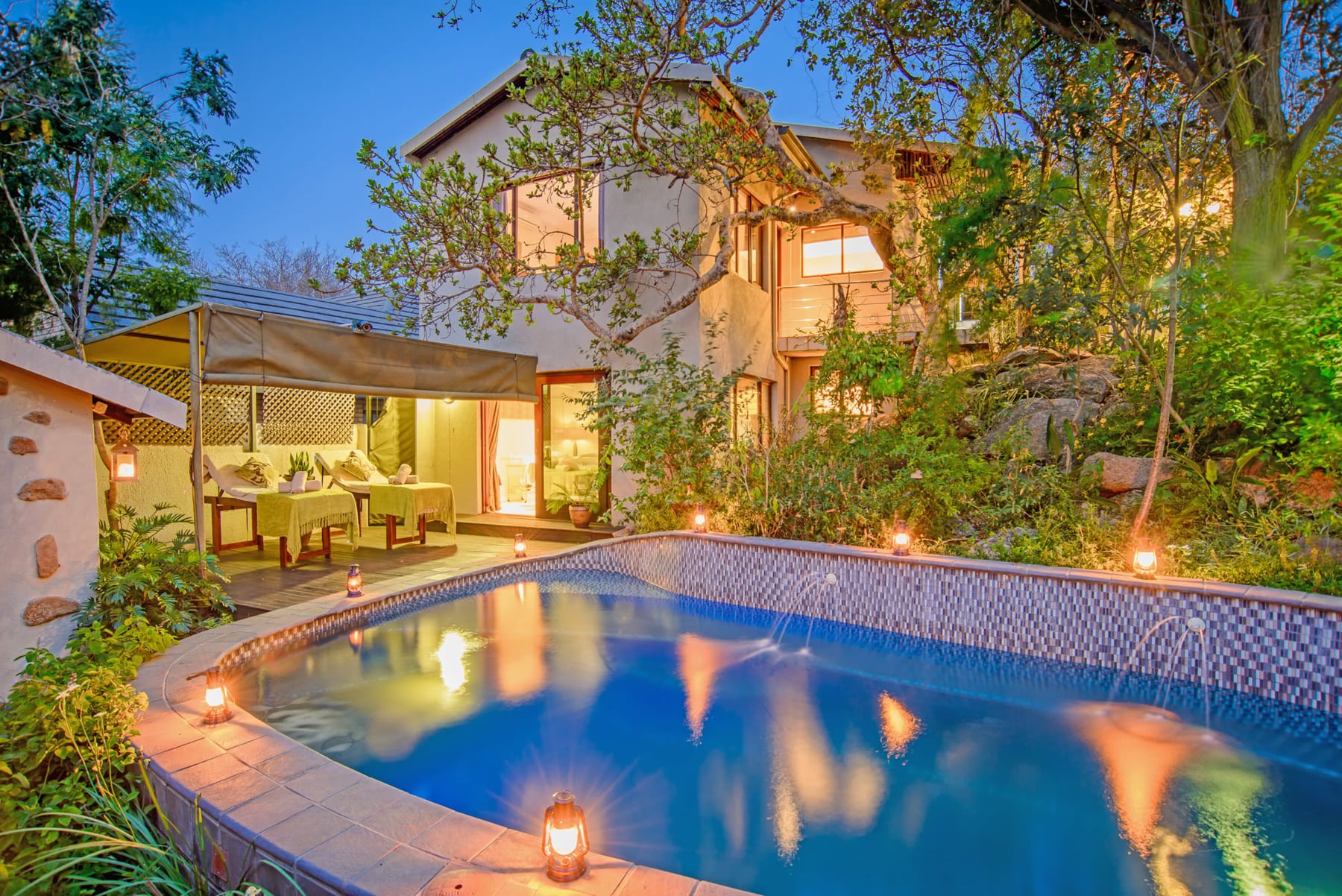




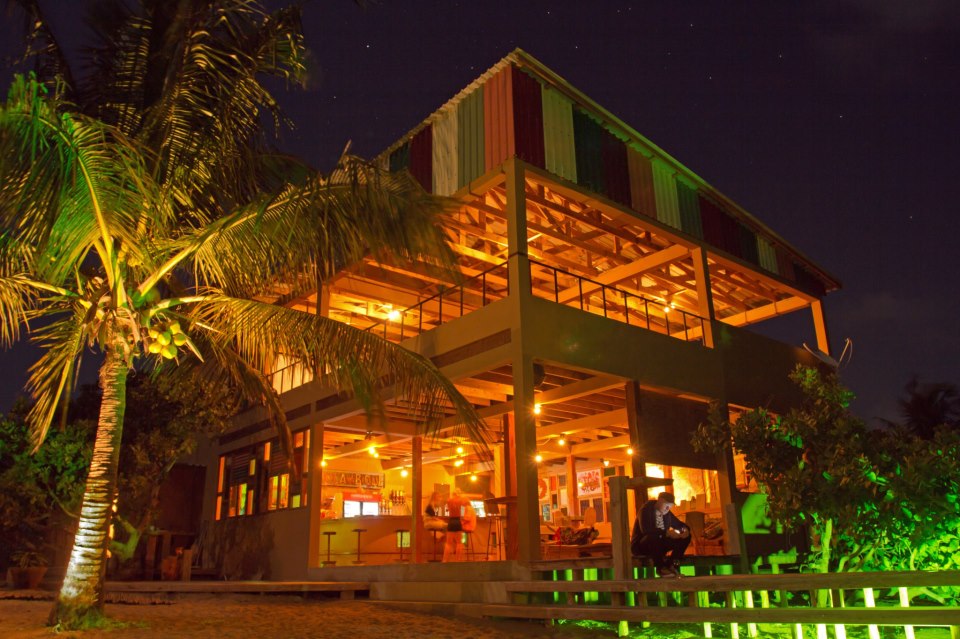




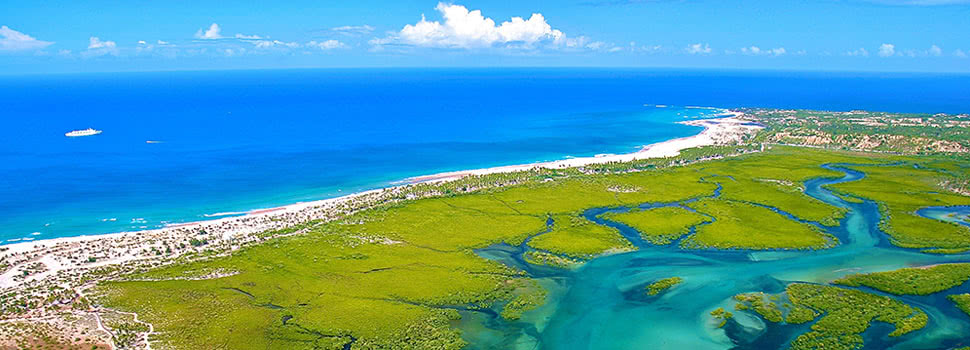
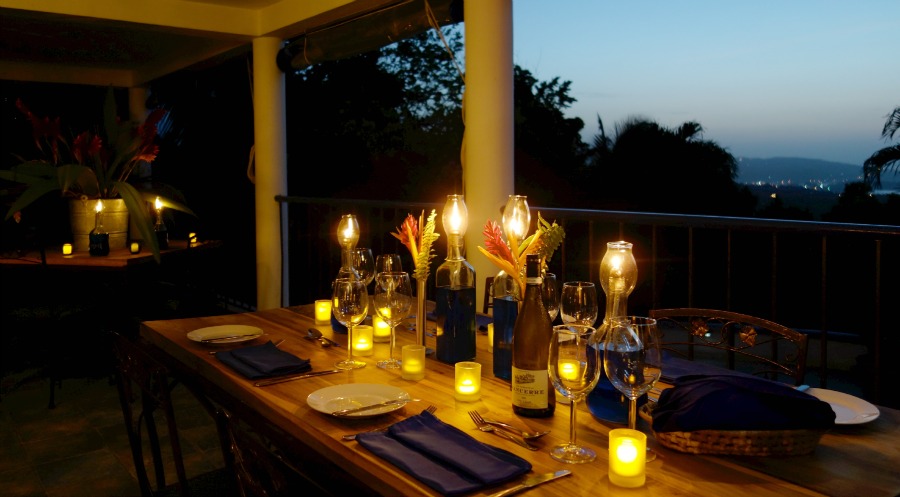



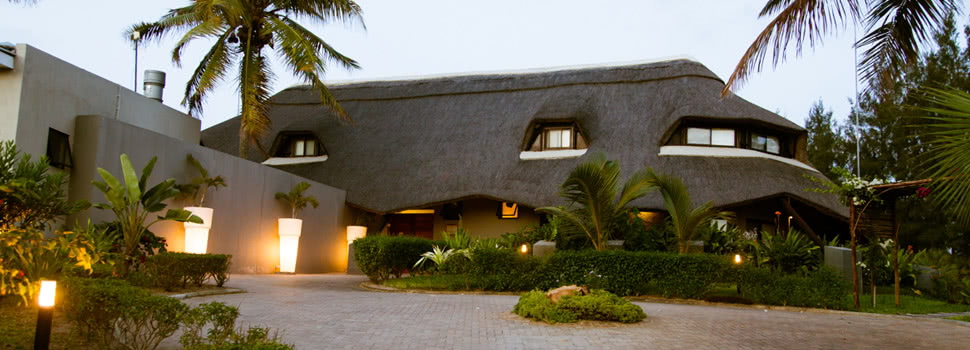



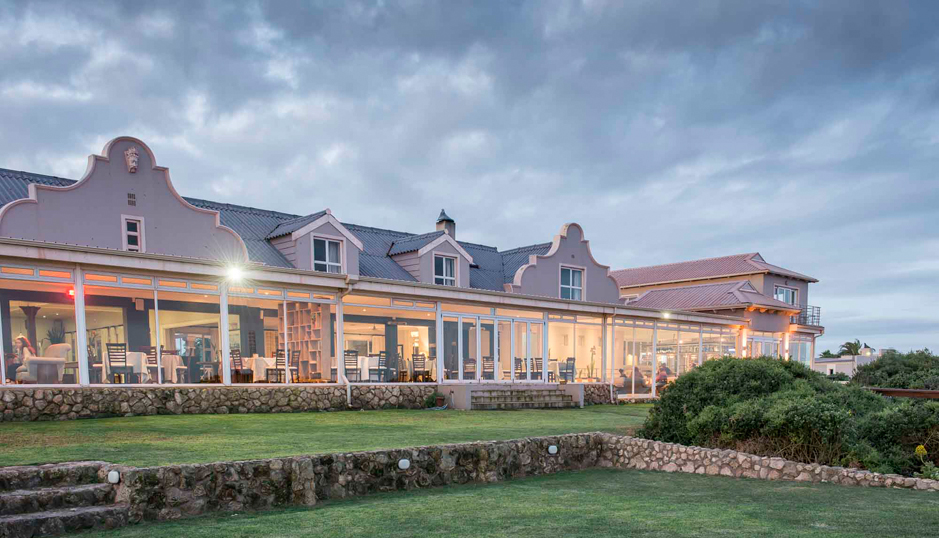


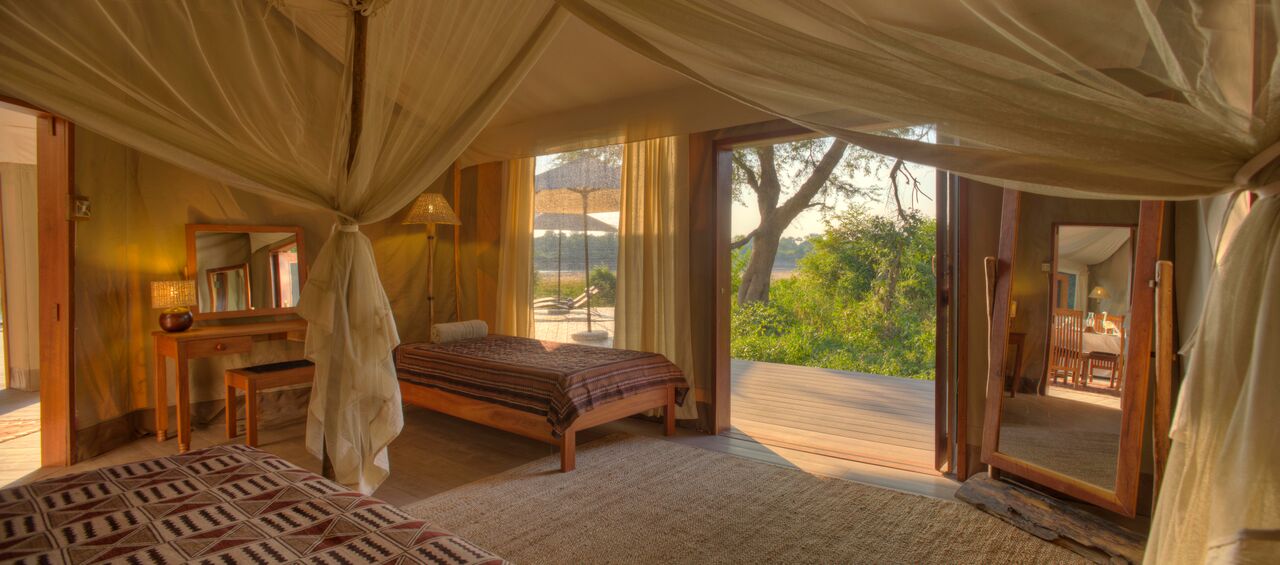


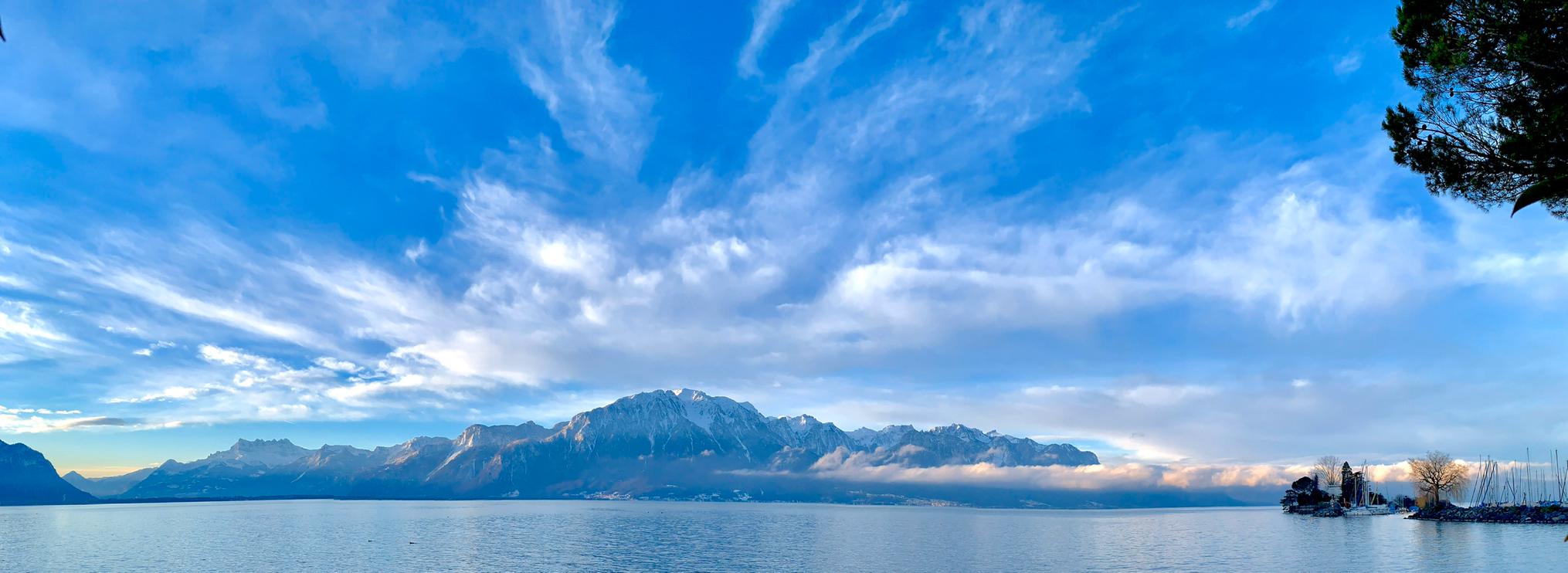


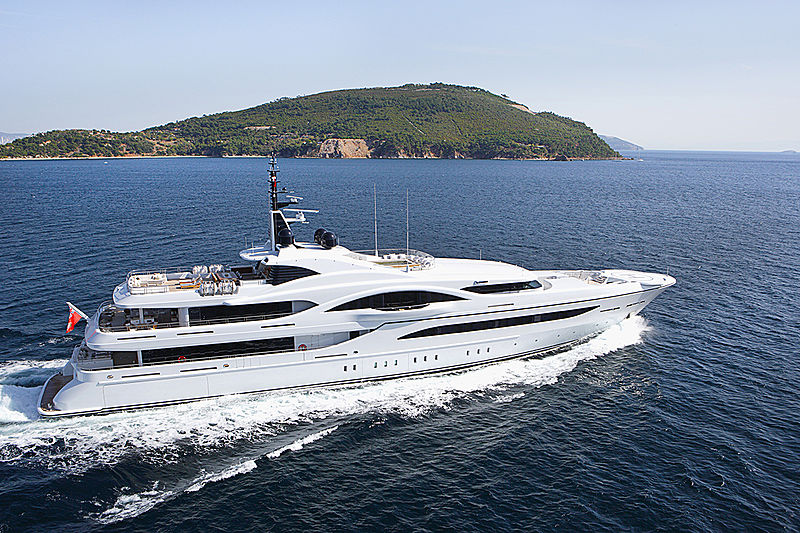














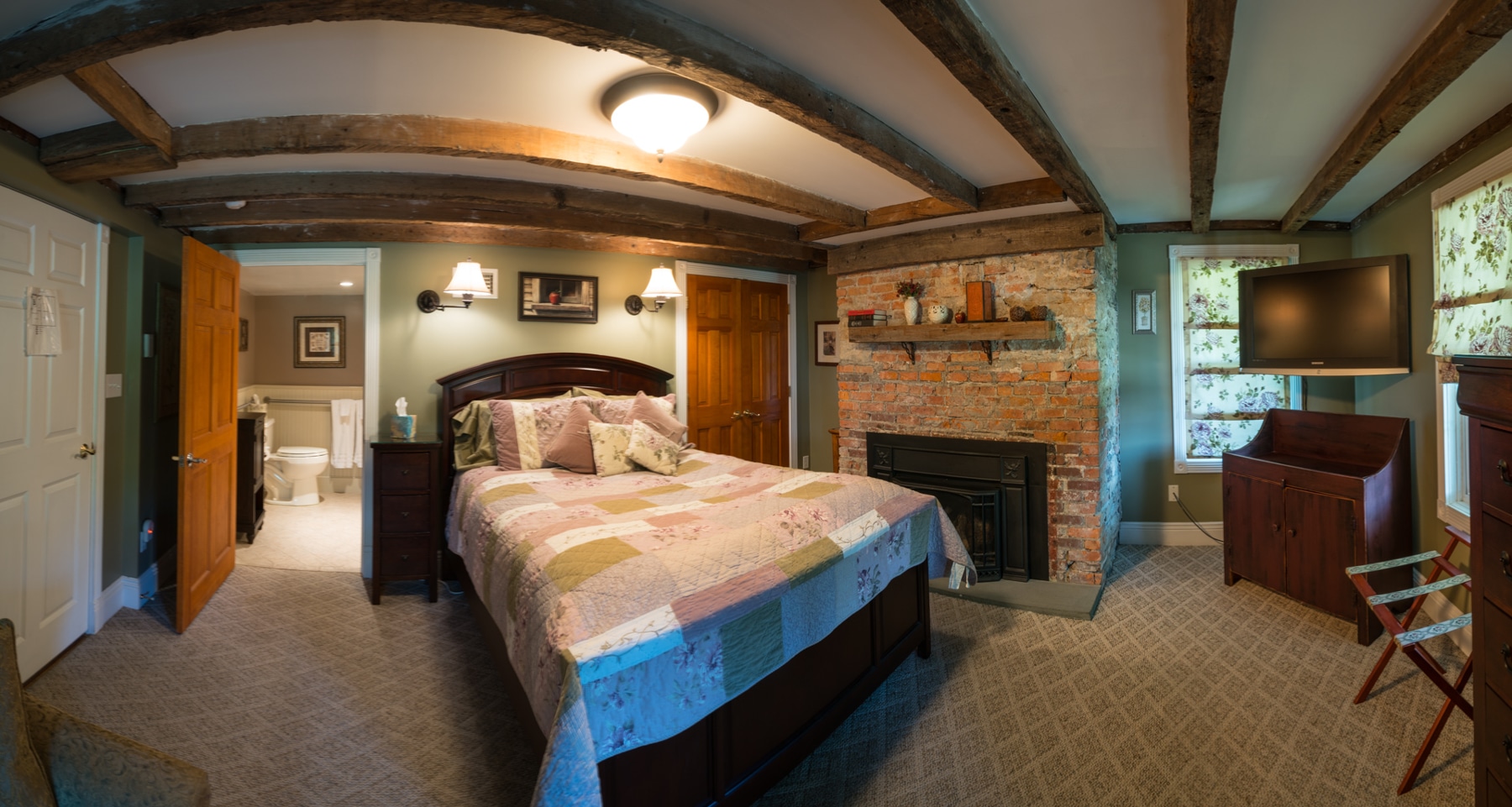






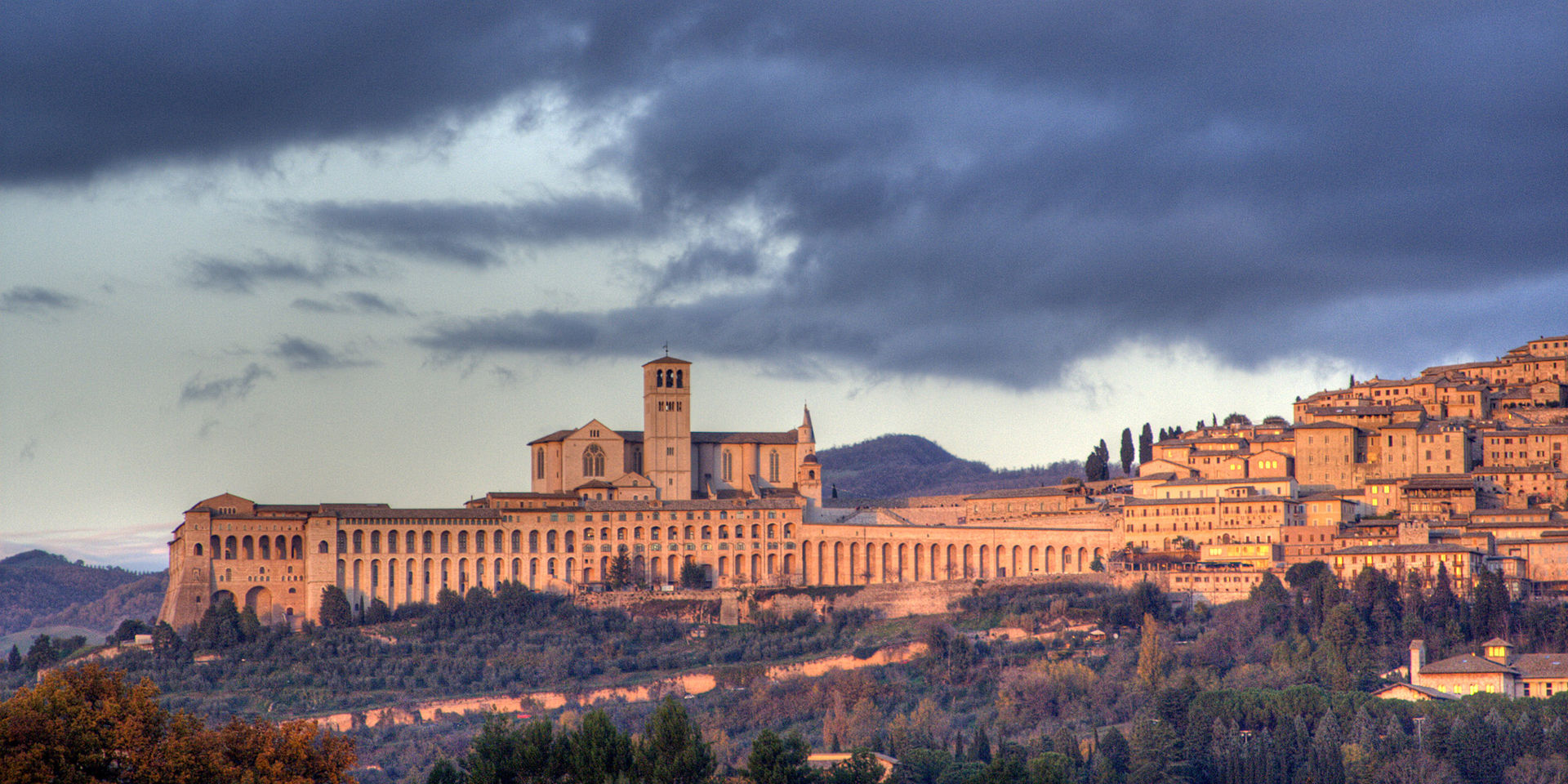
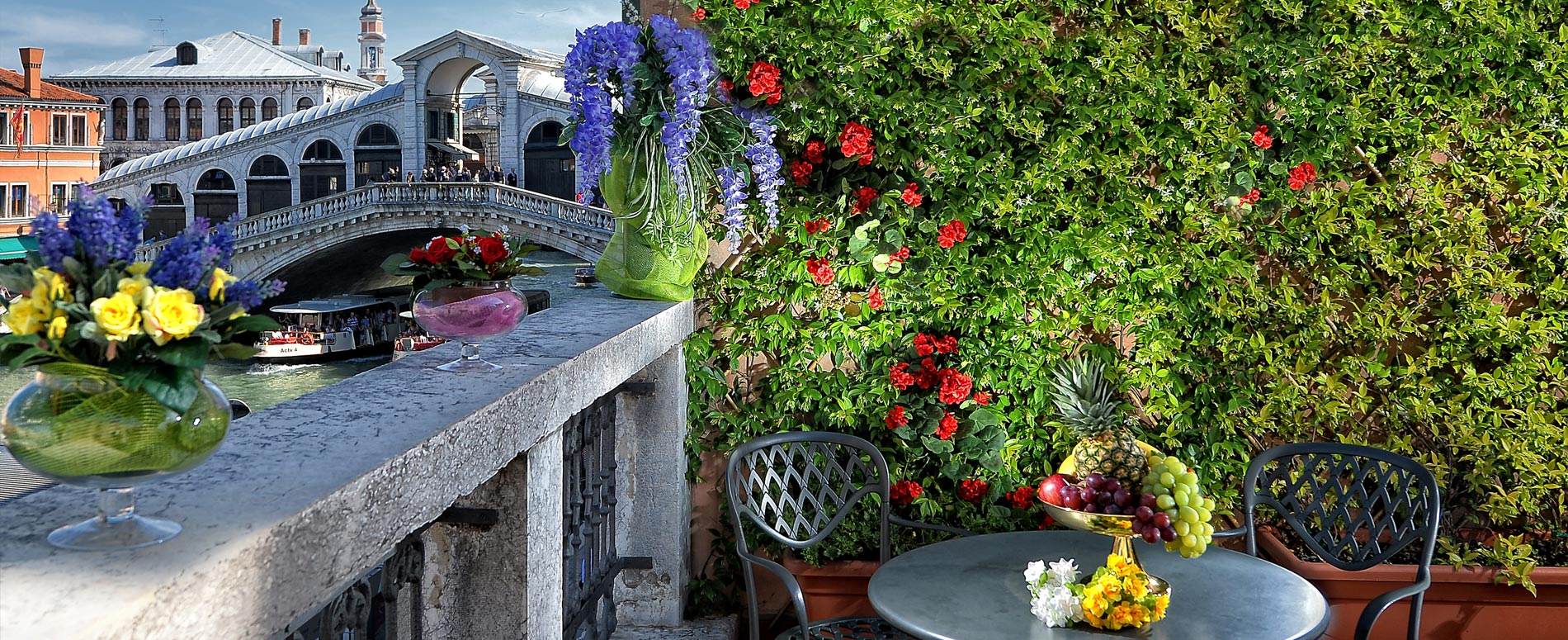






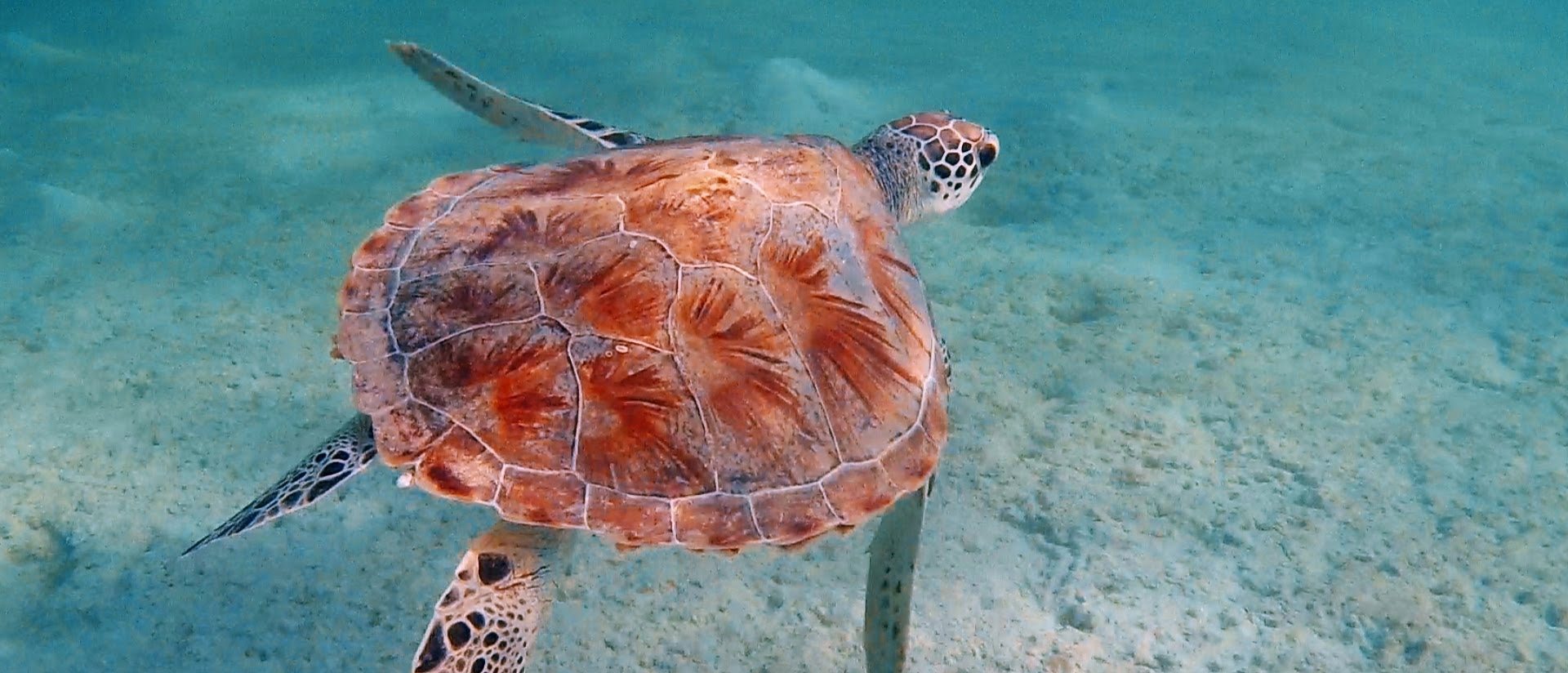

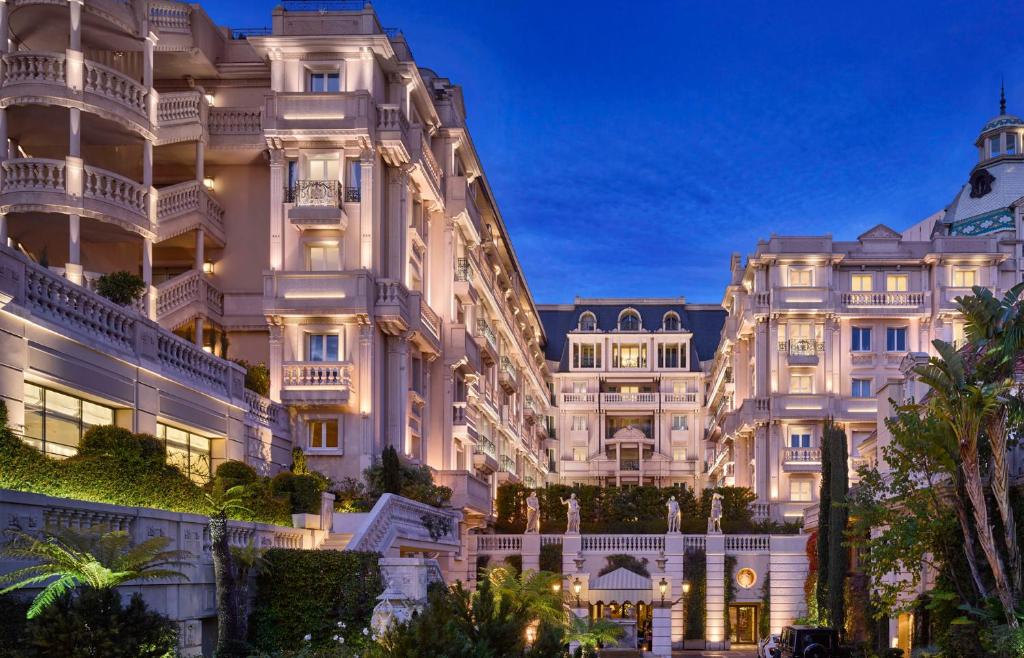

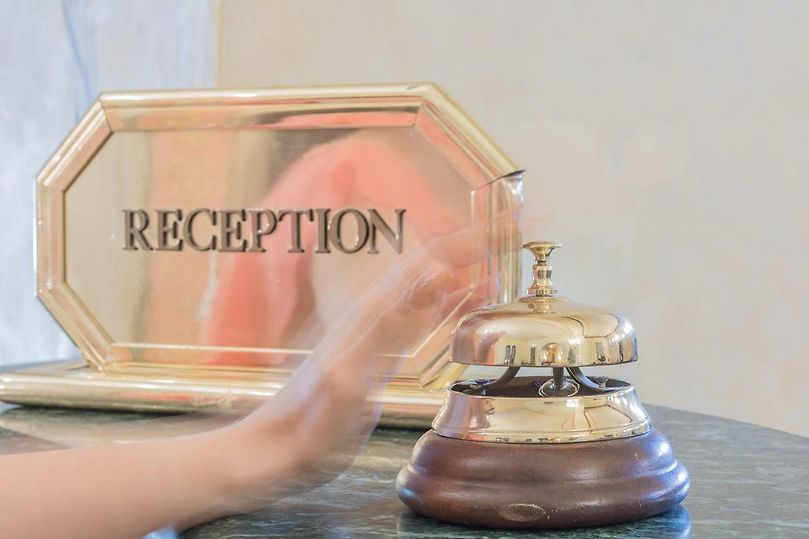
Forte dei Marmi, Tuscany, Italy
Agent: Cliff Jacobs - Managing Principal Estate Agent & CEO (Nat.Dpl.Hotel Man (UJ). M.P.R.E.)
Agent Cellphone: +27 (0) 84 413 1071 / +27 (0) 61 716 6951
Agent Office Number: +27 (0) 21 554 0283
Agent Email Address: cliff@exquisitehotelconsultants.com
Type: Boutique Hotel
Bedrooms: 40
Bathrooms: 40
Showers: 40
Parking: 10
Yield: Not Disclosed
TGCSA Rating:

Forte dei Marmi
Forte dei Marmi is a sea town and comune in the province of Lucca, in northern Tuscany (Italy). It is the birthplace of Paola Ruffo di Calabria, Queen of the Belgians from 1993 to 2013.
Tourism is the principal activity of Forte dei Marmi's citizens. The population of the town, amounting to some 7,700, nearly triples during the summer, because of the hundreds of tourists who mainly come from Florence, Milan, Germany, and Russia. Forte dei Marmi is one of the major destinations which attract the Italian upper class.
The city contains a gate built in a former bog, a historical artifact that relates to strategic planning by the ancient Roman army.
Toponymy
In Italian Forte dei Marmi means "Fort of the marbles". The town takes its name from the fortress that rises in the middle of the main square, built under Grand Duke Peter Leopold, who was to become Leopold II, Holy Roman Emperor, in 1788. The fortress was built to defend the coast from outer attacks, but in the 19th and the beginning of the 20th century it became the place where the marble quarried from the Alpi Apuane (they are the same mountains of the famous marble of Carrara) was stocked before being sent to the pier for shipping.
History
During their expansion within the Italian territory, the Romans settled in Versilia. The army managed to overcome the people of Liguria in the 2nd century BC, under the skillful command of the proconsuls Publius Cornelius Cethegus and Marcus Baebius Tamphilus. The whole territory was centuriated to create new settlements for the colonies coming from Luni and Lucca. The silver lead and iron mines were exploited and the area became a strong economic resource. Between Querceta (Seravezza) and the Vaiana area, where Forte dei Marmi is currently located, there was a road that represented one of the axes of the Roman land centuriation (This road was later called "Via delle mordure", and to this day it bears this name).
Vaiana is mentioned in a document from 794 AD that registers the sale of a piece of land then called "Vaiano", where it was later discovered that there were springs that contributed to the waterlogging of the nearby countrysides.
In 1515 the marble quarries of the Versilian municipalities were donated to the Medici family; consequently new quarries were opened and a new road was laid out to bring the marble blocks down to the sea, where a pier was built. In the mid-17th century, the Medici government decided to divert the flow of the river Versilia, to avoid the flooding of the town of Pietrasanta. A new course was laid so that the waters of the Versilia would overflow naturally in the swamps of lake Porta. This meant that the territories of Querceta and Vaiana had to be cut out of the river's trajectory. At about 1,500 meters, the river Versilia's new path crossed a road wanted and planned by Michelangelo, so a wooden bridge was built (this bridge was called "Ponte delle Tavole": "bridge made out of wooden planks"). Throughout the years, other canals were built and the area was reclaimed. The road became more and more important for the marble transportation.
The first stable settlement on the coast was called Caranna; it was not far from the watersprings of Vaiana. Later on, other settlements were built in what now is the current Forte dei Marmi city centre. Initially, the area was called "Magazzino del Ferro" (The Iron deposit) or "Magazzino della Magona" or "Magazzino dei Marmi" (The Marble deposit) because of the only building on the seashore. The whole district was also known as "Marina"; the county road that went from Querceta to the sea is to this day known as "Provinciale di Marina" (Marina county road).
In 1788 the Grand Duke of Tuscany, Peter Leopold II, commissioned the construction of a fort, the Forte Lorense, to defend the marble shipments and promote the territory. It was similar to the forts of Marina di Castagneto and Marina di Bibbona on the Maremman seaside.
The fort was completed on 6 February 1788. It was a defense point against pirate raids and it was also used as a deposit for the marble that came from the Apuane mountains to be shipped out to sea. Thus, the area began to be known as Forte dei Marmi (The Fortress of Marble). In 1833 the Grand Ducal Government asked engineer Giovanni Franchi to reconstruct the Ponte delle Tavole (The bridge was destroyed in 1944, during the nazi invasion of Italy. It was later rebuilt in bricks).
In the meantime, the town of Forte dei Marmi was considered part of the municipality of Pietrasanta at the Unification of Italy in 1861. The touristic development at the beginning of the 20th century led to the birth of a city committee that asked for the detachment from Pietrasanta and planned on joining the town of Serravezza or on affirming its own independence. With the political support of Giovanni Montauti from Lucca, sponsored by the counts Siemens-Schuckert who owned most of the territory, Forte dei Marmi declared its autonomy as a separate comune on 26 April 1914.
Tourism
Tourism in Forte dei Marmi started at the end of the 18th century when the rich families of the inland went to the coast to breathe healthy air and to sandbathe. At the beginning of the 19th century many wealthy families from Tuscany and the north of Italy started to choose this town for their summer holidays. Later on, also European families started to do so. Many notable people started to arrive in the area and the first villas were built in the pinewood near the sea. The first ones were Agnelli, Siemens, Giovanni Gentile, Thomas Mann, Renato Fucini, Italo Balbo, Curzio Malaparte, Enrico Pea, Aldous Huxley, Guglielmo Marconi, the writer Riccardo Bacchelli, the sculptor Henry Moore, Luchino Visconti and many Italian noble families. Artists meeting every day talking about arts and culture created a group called Quarto Platano. The Grand Hotel in Forte became an important place for the European high society and the hotel was chosen also from the Belgian royal family. Tourism increased after the Second World War, especially in the Sixties when more and more families love spending their summer and this lovely paradise. Many houses and hotels were built near the sea. In 1991 hotels were 101, most of them open only during the summer and some of them family-run businesses.
Today the area is still a destination for businessmen, managers, politicians, show-men, movie and sport stars. It is still a town immersed in the pinewood with a sandy beach. The number of hotels decreased from 101 in 1991 to 58 hotels today. However, the number of people that have bought vacation houses here has increased. Many of the area's hotels have been renovated and are now apartments, private villas or three and four star hotels. Today, the 58 hotels have a total of 1.965 rooms. In 2010 in Forte dei Marmi 109.379 tourists spend an average of 3.9 nights for a total of 428.352 visits. The total visits were 423.250 in 2009 and 450.800 in 2008. In 2010, 49% were foreign tourists, in 2009 45% and in 2008 46%. The majority of Italian tourists come from Tuscany, then Lombardia, Piemonte, Emilia Romagna and the fifth region is Lazio. The foreign tourists came from Germany, Russia, Great Britain, the Netherlands, France, Switzerland and the USA (ISTAT data).
Tuscany
Tuscany is a region in central Italy with an area of about 23,000 square kilometres (8,900 square miles) and a population of about 3.8 million inhabitants. The regional capital is Florence (Firenze).
Tuscany is known for its landscapes, history, artistic legacy, and its influence on high culture. It is regarded as the birthplace of the Italian Renaissance and of the foundations of the Italian language. The prestige established by the Tuscan dialect's use in literature by Dante Alighieri, Petrarch, Giovanni Boccaccio, Niccolò Machiavelli and Francesco Guicciardini led to its subsequent elaboration as the language of culture throughout Italy. It has been home to many figures influential in the history of art and science, and contains well-known museums such as the Uffizi and the Palazzo Pitti. Tuscany is also known for its wines, including Chianti, Vino Nobile di Montepulciano, Morellino di Scansano, Brunello di Montalcino and white Vernaccia di San Gimignano. Having a strong linguistic and cultural identity, it is sometimes considered "a nation within a nation".
Tuscany is the second most popular Italian region for travellers in Italy, after Veneto. The main tourist spots are Florence, Castiglione della Pescaia, Pisa, San Gimignano, Lucca, Grosseto and Siena. The town of Castiglione della Pescaia is the most visited seaside destination in the region, with seaside tourism accounting for approximately 40% of tourist arrivals. The Maremma region, Siena, Lucca, the Chianti region, Versilia and Val d'Orcia are also internationally renowned and particularly popular spots among travellers.
Eight Tuscan localities have been designated World Heritage Sites: the historic Centre of Florence (1982); the Cathedral square of Pisa (1987); the historical centre of San Gimignano (1990); the historical centre of Siena (1995); the historical centre of Pienza (1996); the Val d'Orcia (2004), the Medici Villas and Gardens (2013), and Montecatini Terme as part of the Great Spa Towns of Europe (2021). Tuscany has over 120 protected nature reserves, making Tuscany and its capital Florence popular tourist destinations. In 2018, Florence alone had over 5 million arrivals, making it the world's 51st most visited city.
Geography
Roughly triangular in shape, Tuscany borders the regions of Liguria to the northwest, Emilia-Romagna to the north, Marche and Umbria to the east, and Lazio to the southeast. The comune (municipality) of Badia Tedalda, in the Tuscan Province of Arezzo, has an exclave named Ca' Raffaello within Emilia-Romagna.
Tuscany has a western coastline on the Ligurian Sea and the Tyrrhenian Sea, among which is the Tuscan Archipelago, of which the most significant island is Elba. Tuscany has an area of approximately 22,993 square kilometres (8,878 sq mi). Surrounded and crossed by major mountain chains and with few (but fertile) plains, the region has a relief that is dominated by hilly country used for agriculture. Hills make up nearly two-thirds (66.5%) of the region's total area, covering 15,292 square kilometres (5,904 sq mi), and mountains (of which the highest are the Apennines), a further 25%, or 5,770 square kilometres (2,230 sq mi). Plains occupy 8.4% of the total area—1,930 square kilometres (750 sq mi)—mainly around the valley of the Arno. Many of Tuscany's most significant cities lie on the banks of the Arno, including the capital, Florence, Empoli, and Pisa.
The climate is fairly mild in the coastal areas, and is harsher and rainy in the interior, with considerable fluctuations in temperature between winter and summer, giving the region a soil-building active freeze-thaw cycle, in part accounting for the region once having served as a key breadbasket of ancient Rome.
History
Apennine, Proto-Villanovan and Villanovan culture
The pre-Etruscan history of the area in the middle and late Bronze parallels that of the archaic Greeks. The Tuscan area was inhabited by peoples of the so-called Apennine culture in the second millennium BC (roughly 1400–1150 BC) who had trading relationships with the Minoan and Mycenaean civilizations in the Aegean Sea, and, at the end of the Bronze Age, by peoples of the so-called Proto-Villanovan culture (c. 1100-900 BC) part of the central European Urnfield culture system. Following this, at the beginning of the Iron Age, the Villanovan culture (c. 900–700 BC), regarded as the oldest phase of Etruscan civilization, saw Tuscany, and the rest of Etruria, taken over by chiefdoms. City-states developed in the late Villanovan (paralleling Greece and the Aegean) before "Orientalization" occurred.
Etruscans
The Etruscans created the first major civilization in this region, large enough to establish a transport infrastructure, to implement agriculture and mining and to produce vibrant art. The Etruscans lived in the area of Etruria well into prehistory. The civilization grew to fill the area between the Arno and Tiber from the tenth century BCE, reaching its peak during the seventh and sixth centuries B.C., finally succumbing to the Romans by the first century BCE. From the Etruscans, Tuscany took the name of Etruria, Tuscia for the Romans and subsequently Tuscania and Tuscany. While the areas of north-western Tuscany were inhabited by the ancient Ligures. In northwestern Tuscany, the area between the Arno and Magra rivers was culturally aligned with the Etruscans in the early Iron Age, and came under Ligurian control in the late Iron Age.
One reason for the eventual demise of this civilization was the increasing absorption by surrounding cultures, including the adoption of the Etruscan upper class by the Romans.
Soon after absorbing Etruria (to the north, northeast, east, and a strip to the south), Rome established the cities of Lucca, Pisa, Siena, and Florence, endowed the area with new technologies and development, and ensured peace. These developments included extensions of existing roads, the introduction of aqueducts and sewers, and the construction of many buildings, both public and private. However, many of these structures have been destroyed by erosion due to weather. The Roman civilization in the West of the Roman Republic and later Roman Empire collapsed in the fifth century, and the region fell briefly to barbarians migrating through the Empire from Eastern Europe and Central Asia of the Goths (Eastern - Ostrogoths and Western - Visigoths), then was re-conquered by the revived Eastern Roman Empire (later Byzantine Empire) under the Emperor Justinian. In the years following 572, the Lombards arrived and designated Lucca the capital of their subsequent Tuscia.
Medieval period
Pilgrims travelling along the Via Francigena between Rome and France brought wealth and development during the medieval period. The food and shelter required by these travellers fuelled the growth of communities around churches and taverns. The conflict between the Guelphs and Ghibellines, factions supporting the Papacy or the Holy Roman Empire in central and northern Italy during the 12th and 13th centuries, split the Tuscan people. The two factions gave rise to several powerful and rich medieval communes in Tuscany: Arezzo, Florence, Lucca, Pisa, and Siena. Balance between these communes was ensured by the assets they held: Pisa, a port; Siena, banking; and Lucca, banking and silk. But by the time of the Renaissance, Florence had become the cultural capital of Tuscany.
One family that benefitted from Florence's growing wealth and power was the ruling Medici family. Its scion Lorenzo de' Medici was one of the most famous of the Medici. The legacy of his influence is visible today in the prodigious expression of art and architecture in Florence. His famous descendant Catherine de' Medici married Prince Henry (later King Henry II) of France in 1533.
The Black Death epidemic hit Tuscany starting in 1348. It eventually killed 70% of the Tuscan population. According to Melissa Snell, "Florence lost a third of its population in the first six months of the plague, and from 45% to 75% of its population in the first year." In 1630, Florence and Tuscany were once again ravaged by the plague.
Renaissance
Tuscany, especially Florence, is regarded as the birthplace of the Renaissance. Though "Tuscany" remained a linguistic, cultural, and geographic conception rather than a political reality, in the 15th century, Florence extended its dominion in Tuscany through the annexation of Arezzo in 1384, the purchase of Pisa in 1405, and the suppression of a local resistance there (1406). Livorno was bought in 1421 and became the harbour of Florence.
From the leading city of Florence, the republic was from 1434 onward dominated by the increasingly monarchical Medici family. Initially, under Cosimo, Piero the Gouty, Lorenzo and Piero the Unfortunate, the forms of the republic were retained and the Medici ruled without a title, usually without even a formal office. These rulers presided over the Florentine Renaissance. There was a return to the republic from 1494 to 1512, when first Girolamo Savonarola then Piero Soderini oversaw the state. Cardinal Giovanni di Lorenzo de' Medici retook the city with Spanish forces in 1512, before going to Rome to become Pope Leo X. Florence was dominated by a series of papal proxies until 1527 when the citizens declared the republic again, only to have it taken from them again in 1530 after a siege by an Imperial and Spanish army. At this point Pope Clement VII and Charles V appointed Alessandro de' Medici as the first formal hereditary ruler.
The Sienese commune was not incorporated into Tuscany until 1555, and during the 15th century, Siena enjoyed a cultural 'Sienese Renaissance' with its own more conservative character. Lucca remained an independent republic until 1847 when it became part of Grand Duchy of Tuscany by the will of its people. Piombino and other strategic towns constituted the tiny State of the Presidi under Spanish control.
Modern Era
In the 16th century, the Medicis, rulers of Florence, annexed the Republic of Siena, creating the Grand Duchy of Tuscany. The Medici family became extinct in 1737 with the death of Gian Gastone, and Tuscany was transferred to Francis, Duke of Lorraine and husband of Austrian Empress Maria Theresa, who let the country be ruled by his son. The dynasty of the Lorena ruled Tuscany until 1860, except during the Napoleonic period, when most of the country was annexed to the French Empire. After the Second Italian War of Independence, a revolution evicted the last Grand Duke, and after a plebiscite, Tuscany became part of the new Kingdom of Italy. From 1864 to 1870 Florence became the second capital of the kingdom.
Under Benito Mussolini, the area came under the dominance of local Fascist leaders such as Dino Perrone Compagni (from Florence), and Costanzo and Galeazzo Ciano (from Livorno). Following the fall of Mussolini and the armistice of 8 September 1943, Tuscany became part of the Nazi-controlled Italian Social Republic and was conquered almost totally by the Anglo-American forces during the summer of 1944.
Following the end of the Social Republic and the transition from the Kingdom to the modern Italian Republic, Tuscany once more flourished as a cultural centre of Italy. Since the establishment of the regional government in 1970, Tuscany has always been ruled by centre-left governments.
Culture
Tuscany has an immense cultural and artistic heritage, expressed in the region's churches, palaces, art galleries, museums, villages, and piazzas. Many of these artifacts are found in the main cities, such as Florence and Siena, but also in smaller villages scattered around the region, such as San Gimignano.
Art
Tuscany has a unique artistic legacy, and Florence is one of the world's most important water-colour centres, even so that it is often nicknamed the "art palace of Italy" (the region is also believed to have the largest concentration of Renaissance art and architecture in the world). Painters such as Cimabue and Giotto, the fathers of Italian painting, lived in Florence and Tuscany, as well as Arnolfo and Andrea Pisano, renewers of architecture and sculpture; Brunelleschi, Donatello and Masaccio, forefathers of the Renaissance; Ghiberti and the Della Robbias, Filippo Lippi and Angelico; Botticelli, Paolo Uccello, and the universal genius of Leonardo da Vinci and Michelangelo.
The region contains numerous museums and art galleries, many housing some of the world's most precious works of art. Such museums include the Uffizi, which keeps Botticelli's The Birth of Venus, the Palazzo Pitti, and the Bargello, to name a few. Most of the frescos, sculptures, and paintings in Tuscany are held in the region's abundant churches and cathedrals, such as Florence Cathedral, Siena Cathedral, Pisa Cathedral and the Collegiata di San Gimignano.
Art schools
In the medieval period and the Renaissance, four main Tuscan art schools competed against each other: the Florentine School, the Sienese School, the Pisan School, and the Lucchese School.
About Us
In the year 1981, a well-known entrepreneur in Forte dei Marmi purchased the old Hotel Merano and wanted to transform it to the current hotel with the aim of creating, in the town, a high quality product, inspired by the Hotels of the most famous seaside's of Europe. And so, inspired by the Grand Hotel of a popular resort on the French Riviera of the same name, represented a new way of doing hotel business.
In 1992 the hotel went to a family of Florentine entrepreneurs and became part of a small hotel group that owns other 4 and 5 star structures in Florence and Milan.
Each of the rooms provides astonishing views over the beach or over the majestic peaks of the Apuan Alps. All bedrooms have a balcony and are comfortably furnished to ensure that you have a relaxing stay.
You can enjoy parquet floors and bright furniture and upholstery. All bathrooms have been completely renovated in white Carrara marble.
The hotel's restaurant serves Italian Mediterranean cuisine made from fresh, local products. The 5th floor boasts a sun terrace, where you can enjoy panoramic views of the Versilian Riviera.
Our hotel enjoys good transport links. From here it is easy to reach Florence, Lucca, Pisa and the famous Cinque Terre.
Our Rooms
The hotel has 40 rooms, all with balcony, from which you can enjoy a fantastic sea view that extends up to the Cinque Terre. Instead to the west, guests can admire the majestic peaks of the Alps, the mountain range of northern Tuscany, known worldwide for the quality of the marble that is extracted in the nearby Carrara.
Unique Rooms
Features
There are also solutions available for connecting rooms, ideal for families with children.
Rooms With Terrace
An intimate terrace overlooking the sea. Wood flooring, baths in white Carrara marble and warm décor with fish and shell motifs. The broad terrace is furnished with a table, chairs and a deck chair for sunbathing.
An intimate and private space for relaxing at all times of day, with a view of the sea.
Superior Rooms
Sea view..and Apuane
Our bright, spacious Superior rooms located on the top floor of the hotel provide stunning sea views, some as far away as Cinque Terre! Other rooms offer side views of the sea or the majestic peaks of the Apuan Alps The furniture made of bamboo and glass, upholstery with the clear tones of the sea, contribute to give a warm and sunny feel.
Superior rooms have parquet floors, white Carrara marble bathrooms and feature a small sitting area and a kit of tea infusions in the room.
Classic Rooms Sea view
You can enjoy views of the sea.
Parquet flooring, bathrooms in white Carrara marble and special tapestries, with warm tones and delicate refined motifs with corals, fish and shells.
From the balcony you can enjoy views of the sea.
Classic Rooms
You can enjoy views of the Apuan Alps.
Parquet flooring, bathrooms in white Carrara marble and special tapestries, with warm tones and delicate refined motifs with corals, fish and shells.
From the balcony you can enjoy views of the Apuan Alps.
Restaurant & Bar
The tastes and scents of our Land.
La Terrazza Restaurant welcomes you every day from 7.30am to 10.30am for a breakfast plenty of flavour & aromas.
Our rich buffet offers fragrant cakes and muffins, homemade by our Chef Giorgio, as well as mouth-watering local cured meats and cheeses, fresh fruit, and organic and gluten-free foods.
For lunch or dinner we offer a traditional cuisine, linked to our Territory, with light recipes with fish or meat and fresh seasonal vegetables.
The menu changes daily, vegetarian, personalised menus according to the instructions of the parents, and adapting menus for those who follow a gluten free diet, and the other most common food allergies, anything can be designed specifically for you, do not hesitate to request it.
Our Bar is open all day, ready to serve you a variety of fresh, appetising snacks on our ROOFTOP. Here you’ll find a genuine open-air room with comfortable sofas and a 360- degree view of the sea and the Apuan Alps, immersed in a fresh garden surrounded by blooming vegetation and the swimming pool area.
For a restoring break in the afternoon you can opt for a fresh sliced fruits, a creamy milshake or a delicious ice cream cup, the best “merenda” break while sunbathing or diving!
From 6pm enjoy our Aperitif with cocktails and soft drinks. You can choose from a rich cocktail selection spreding from the traditional ones to our special non-alcholic Virgin Drinks, to savour intriguing drinks even without alcohol!
After dinner let be lulled by the breeze in the garden or on the rooftop and treat yourself to a long drink, a tonic liquor, or a good spirit.
Events and Ceremonies
Rooftop sea-view and Pool Parties.
The hotel Il is at your disposal for unforgettable events and ceremonies on the enchanting Rooftop with a Sea-View or for pleasant receptions by the pool. From the beautiful panoramic terrace you can enjoy a breathtaking view that sweeps from the majestic peaks of the Apuan Alps all the way to Cinque Terre. It’s a magical place with a warm and enveloping atmosphere where you can sip cocktails, organize banquets and private receptions or simply relax while enjoying a delicious aperitif. At sunset this elegant panoramic lounge in Versilia will leave you stunned with unforgettable emotions to share with your partners or friends.
In our garden, characterized by a fresh and intimate atmosphere, you will be immersed in an oasis of peace and relaxation, a small corner of paradise where you can unwind and put together truly unique events such as birthday’s parties and celebrations for special occasions.
Whether poolside or on our panoramic terrace, your event will be accompanied by your favourite cocktail or by a surprising recommendation from our bar staff, who will also astonish you with their alcohol-free suggestions. With regard to food, our offer ranges from a buffet with colourful, tasty finger foods to a traditional sit-down dinner.
Discover all the charm of a Wedding in Versilia
Versilia is a unique pearl that stands out from the numerous wedding venues in Tuscany, a favorite destination for brides and grooms from all over the world for its enchanting beauty, timeless charm and local cuisine. Versilia offers newlyweds exclusive locations, high-level services and the chance to experience the unique sensations of wedding on the beach.
Experience the Charm of a Wedding in Forte dei Marmi
Forte dei Marmi is a refined location bursting with charm and elegance where the sky and sea seem to merge into a single magical embrace. Right on the beautiful seafront promenade stands the hotel, full of light, surrounded by greenery and immersed in the exquisite Mediterranean atmosphere.
Its environments are rendered especially unique by precious details, such as the refined furnishings and fabrics inspired by the soft nuances of the sand of the enchanting Tuscan coast.
La Terrazza Restaurant for a Dream Reception
In the exclusive La Terrazza Restaurant you can experience all the magic of a dream reception, thanks to the large and bright windows with the view of the sea shining on the horizon and thanks to the unique flavors of a cuisine linked to the territory. In the exclusive proposals of our chef you will find all the flavors and tastes of a light, genuine and traditional cuisine, but at the same time capable of variations and daring combinations that will conquer even the most demanding of palates. Fish is the obvious protagonist here, accompanied and enhanced by the excellence of the Tuscan hinterland.
The Best Services for an Unforgettable Day
Our staff, attentive yet discreet, will be able to advise you and support you at all times to better organize your reception and take your party to the next level. The living rooms, restaurant and meeting room, as well as the garden and the panoramic roof, are appropriate for hosting events, parties or intimate and elegant ceremonies.
Meeting in Forte dei Marmi
Business Meetings in Versilia.
The elegant Hotel Il Negresco, located along the seafront in Forte dei Marmi, is the ideal location for successful events and meetings. The meeting room is equipped with natural lighting and offers all the comforts needed to put together winning business meetings, incentives or photo shooting opportunities.
A delightful garden complete with a swimming pool welcomes you into an intimate and relaxing atmosphere. The refined cuisine of the restaurant will delight every guest with typical dishes linked to the tradition of the territory.
The hotel is easily accessible from both the Forte dei Marmi railway station as well as from the Versilia motorway exit. It also has private parking.
Meeting Rooms in Forte dei Marmi
Our Michelangelo Room, which is also accessible from the garden, is illuminated with natural light and can host events for up to 110 people. For your meetings we provide a series of different arrangements for optimum solutions and a maximum capacity of 80 people. Free Wi-Fi Internet connection, projector and screen.
Services for a carefree holiday
Free shuttle service
Free Shuttle Service from/to the Forte dei Marmi city center (transfer time about 5 minutes drive). For bookings and schedules please ask the Front Desk. round trip service available. Service available from June to Sept.
Parking
At disposal of our Guests parking lot up to ten cars.
Free Wi-Fi
Free Wi-Fi connection during your stay. If you don’t have your laptop/tablet, you can always use our Internet Point free of charge.
Bike Rental
Biking is the best way to move around in Forte dei Marmi! That’s why our hotel offers a bike rental service, so you can easily stroll around downtown or indulge in pleasant itineraries along the seaside promenade or in the greenery of surrounding areas.
Just for kids
Sweets upon arrival, drawing kits, children’s pool with heated water and a maximum depth of 70 cm, babysitting service on request, local pediatric care 24/7, customised menus at the Hotel Rrestaurant.
Beach
At hotel, we can point you to the best bathing facilities in Forte dei Marmi and Versilia. We are happy to make reservations for you at the establishment that best meets your needs, from beaches suitable for children to the most exclusive and trendy locations of the season.
Pets always together
Our hotel gladly welcomes your four- legged friend, though to guarantee our best hospitality we ask you to let us know that it will be accompanying you upon making your reservation. This will allow us to identify the most suitable accommodation for you while respecting the needs of our other guests. A supplementary fee will be charged.
Your Pets will find: a room with balcony or parquet floor, comfortable bedding, food bowl, toys, dog waste bags.
Pools
Our swimming area is normally open from April to October. The main pool has a maximum depth of 170 cm and a heated jacuzzi.
We also have a heated pool for children with a maximum depth of 70 cm.




















































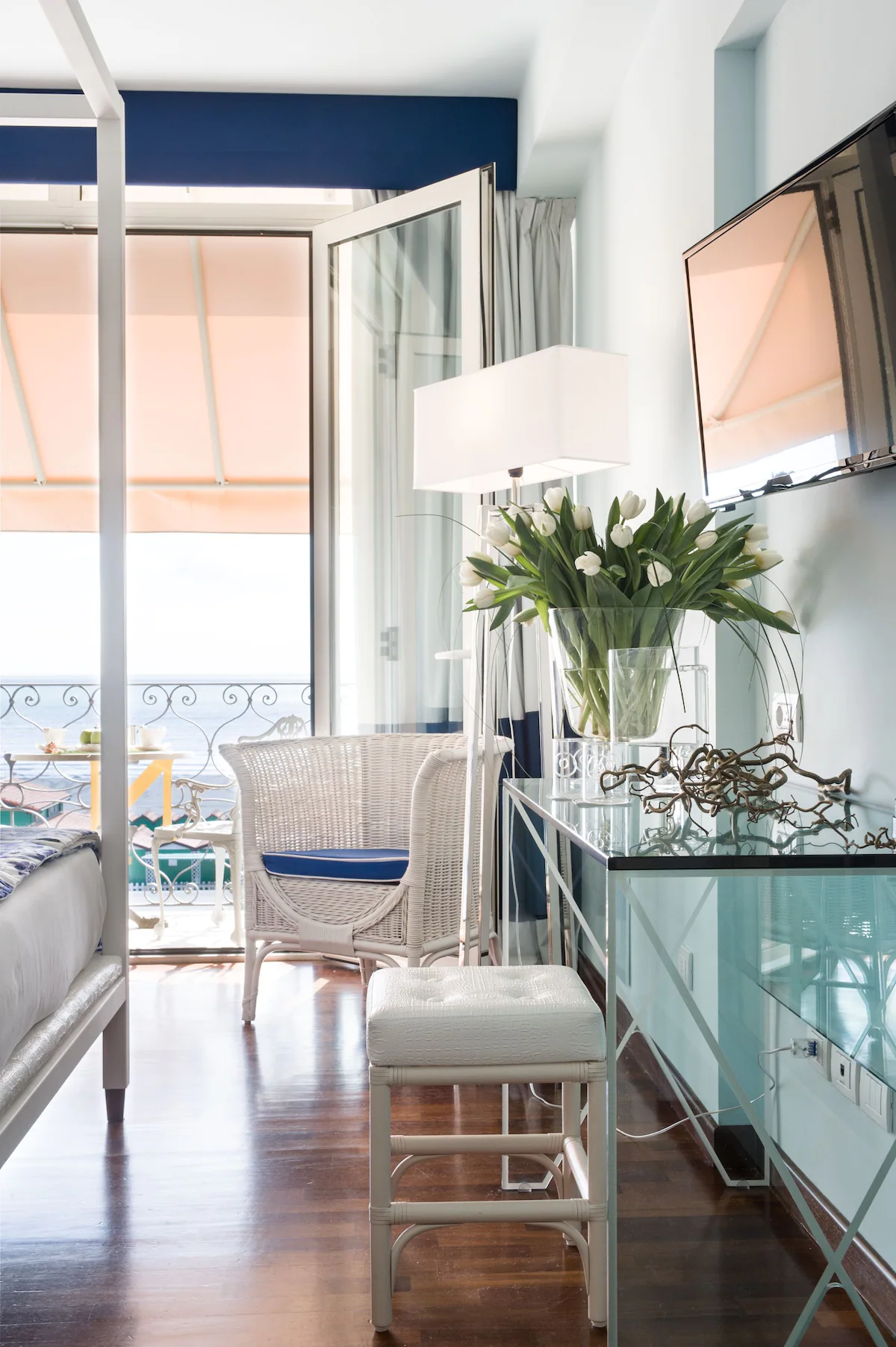


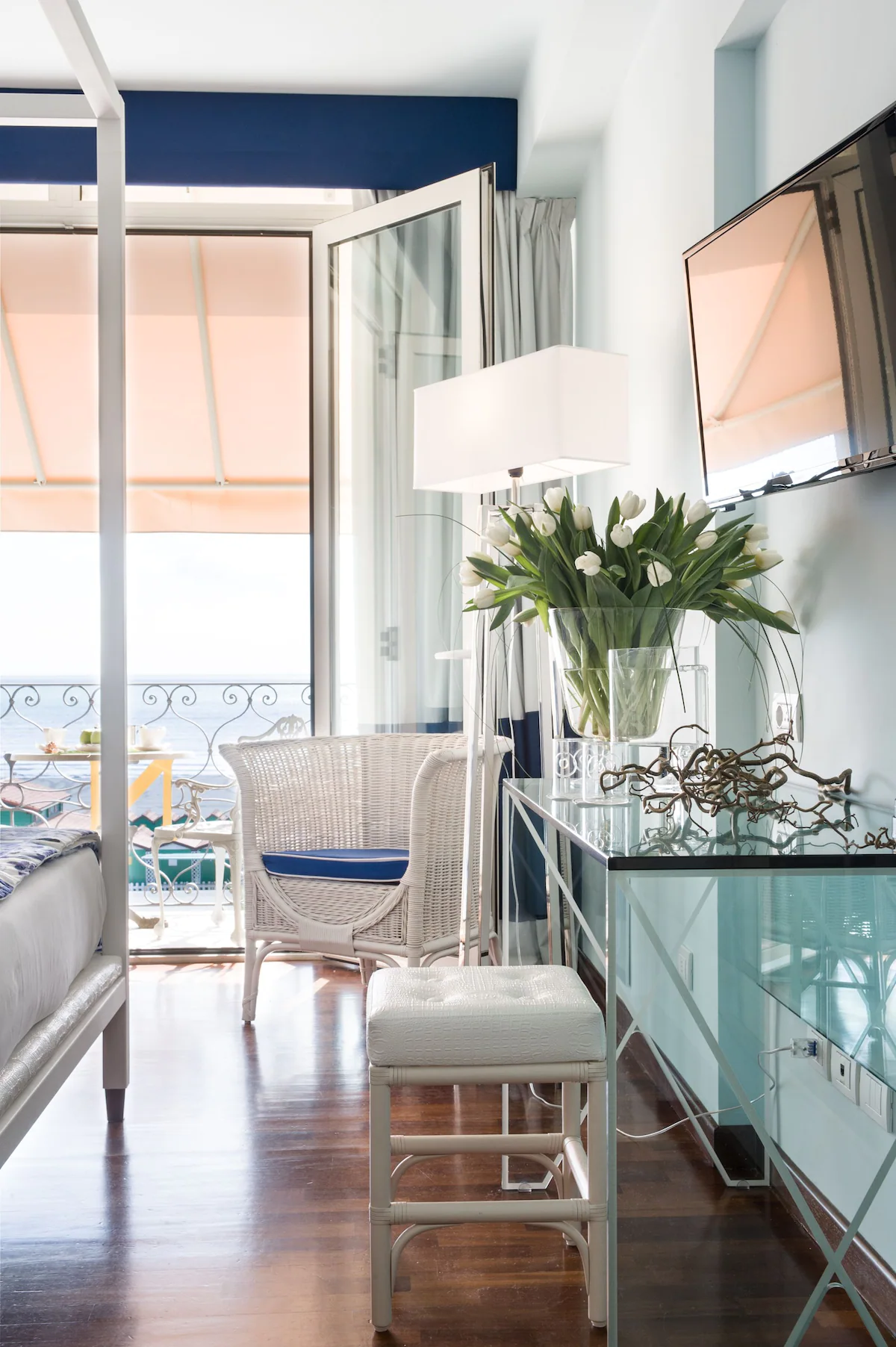













































Cliff Jacobs (Nat Dpl Hotel Man (UJ). MPRE. GA Level 5 TEFL) Managing Principal / CEO Exquisite Hotel Consultants (Pty) Ltd Mobile: +27 (0) 84 413 1071 / +27 (0) 61 716 6951 Landline: +27 (0) 21 554 0283 Email: cliff@exquisitehotelconsultants.com Web: https://www.exquisitehotelconsultants.com © All rights reserved Terms and Conditions apply Scroll down to view our Hospitality Properties and Businesses for sale or lease or lease-to-buy or partnership arrangement or management agreement arrangement